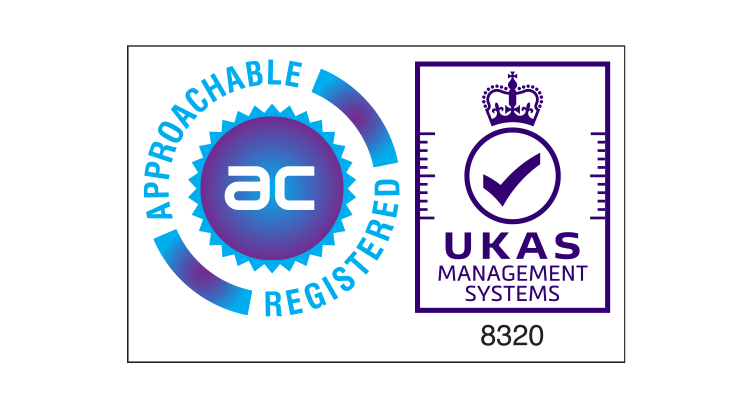We have both a huge opportunity and a huge need to drive a step change in efficiency in housing repairs. The technology is available, and the savings are needed to address the housing crisis.
I was running a focus group recently discussing the relatively new capability to quickly and easily use video in order to have someone show you the thing they have that needs a repair. Someone on the call said “a lot of our customers don’t want to use the video; they prefer it if we just send an operative to their house – and that is their right.”
Quick disclaimer, if you think this statement is OK then this blog post is not for you.
We should be able to deliver a quality service, offer appointments, give a very professional and courteous service to the tenant and make sure the houses people live in are good places to live while also making sure that we run the repair service as cost effectively as possible. You can’t walk into an ER and say you don’t want to be triaged; hospitals have limited resources. This also applies to the housing sector.
There are four areas I believe should fundamentally change. Three are variations on a theme which is that now 30% to 40% of a responsive repair teams’ time is spent traveling, this just isn’t affordable, we should be aiming to move this to 10%. This would generate efficiency savings that could be invested back into the housing stock and communities.
Technology can make all four changes a reality.
The changes are:
- Housing Organisations (who have geographically dispersed stock) should pool their workforces and stop travelling miles to carry out work when another organisation has an operative nearby and available
- Operatives should not travel to a property without someone having used video to see if the problem can be resolved remotely and to properly understand what needs doing and how urgent it is (yes this means all the self-service projects currently underway need to pause for thought)
- Immediate appointments should only be made for urgent repairs, everything else should be put in a backlog until there is a pool of work in a small area that can be undertaken in a planned way, dramatically reducing travel.
- The job management systems have to become asset centric; this is how any other asset maintenance process works.
Social housing marketplace
Councils are naturally geographically centred and while HAs originally started as stock transfers from councils this has gone completely out of the window, particularly with the ever-increasing consolidation and merging activity. Each organisation builds its own maintenance team and that team engages in ever greater levels of travel.
Connect can deliver a walled garden market, a members’ club where all housing organisations’ maintenance teams can act as a single entity with the most cost-effective resource being deployed. The market could be fully rules based and fully automate all updates and billing.
Video triage
Technology now makes it possible to easily get a tenant to share their video feed, fundamentally changing the reality of housing repairs. Before this, it wasn’t meaningful to diagnose the work, the best response was to send an operative who then reacted flexibly. Now it makes no sense to send an expensive and scarce resource to a property blind when you can so easily have a look to understand exactly what is required.
Moving from travel by default to travel by exception is a big change. Accepting that the contact centre won’t appoint the repair on the initial call is an even bigger change. Virtually all housing organisations have active projects to introduce or improve their self-service offerings, we need to accept that it no longer makes sense to let a tenant book an appointment that results in an operative travelling without anyone having had a look first. This rips up the general consensus in the sector, a sector that is change resistant. It is however obviously correct to anyone looking at the process from outside, the scale of savings is just too big to be ignored.
Moving to planned repairs
This is not new but it is unusual. The general view is that the customer service imperative outweighs all others and customers must be offered appointment choice at point of first contact or via self-service. This movement started around 2001 in response to very low levels of service and customer satisfaction. For organisations with high work density, ie enough work to have large numbers of operatives in a relatively compact geographical area, this is fine, a day’s work has to get done every day so we may as well appoint it.
But where travel is a factor this just doesn’t make sense. Again, technology makes a better way of working possible. Appointments should only be made for urgent work, everything else should be logged and added to a backlog, the software should then monitor and decide when a group of work exists that can be carried out locally, the tenants should automatically be contacted to agree appointment times using self-service channels, so there is no manual input in the process but travel is dramatically reduced.
A less dramatic change would be to implement a rolling ‘n’ week geographical plan where repairs in an area are booked on set days and you let customer appoint as normal (after video). This is closer to the current process but in reality, the workload is too variable to some days will be over-subscribed and others under.
Asset centric thinking
This is another very obvious change that runs directly against current established wisdom. Most housing organisations use one of a handful of asset management systems, these are stand-alone but have all been acquired by the housing software suppliers. Asset management is viewed as an extension of the housing system and the level of true integration into the maintenance systems is either non-existent or no-where near good enough.
The Facilities Management industry uses asset data strategically and this must become the norm in the housing sector. There are asset teams who try to do this, but the data is not detailed or complete enough. Software should be highlighting component failure patterns and areas where planned spending can reduce maintenance costs and this should not need human intervention, the software should just do this by default.
Summary
This is an exciting time; technology has leapt forward making new ways of work possible and the pandemic with ensuing lockdown has made all organisations realise they don’t have to work the way they have always worked.
Now all we must do is seize the moment.
Find out more about our property maintenance software – Property Maintenance Software
Nick Jeffreys, Managing Director – Housing, Property & FM division within Totalmobile







